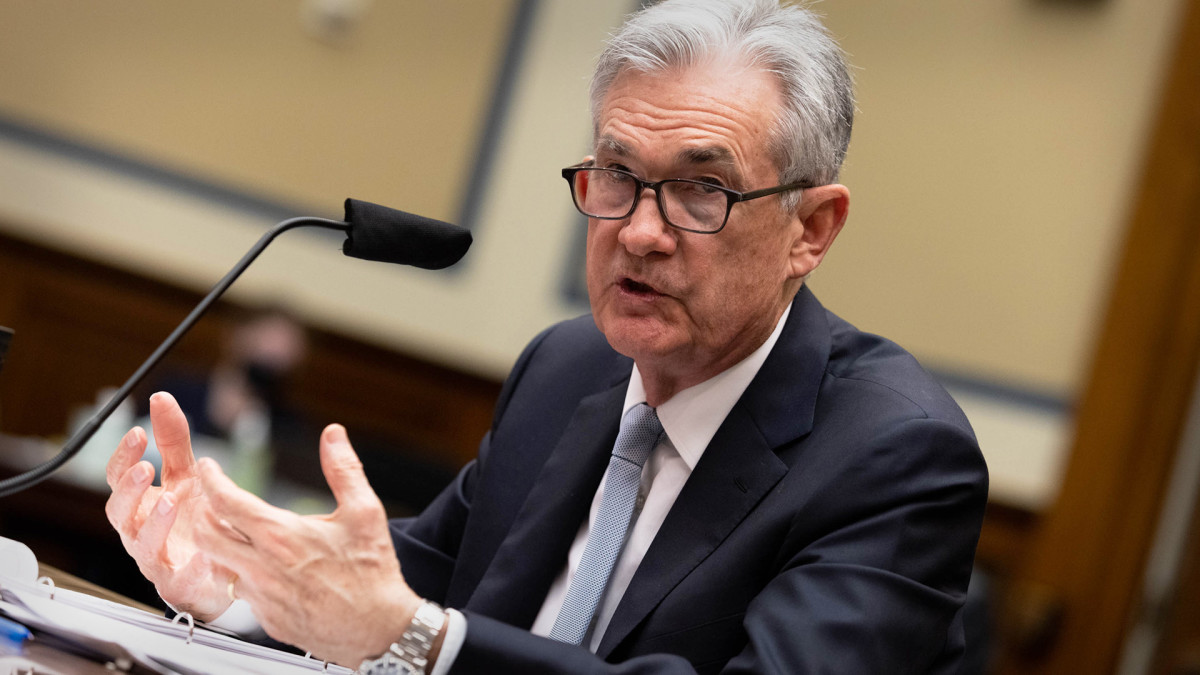
For the past year, fixed-income investors have been paid handsomely to keep their money in cash, with money-market funds yielding 5% or more.
You’re getting an almost guaranteed payout with the flexibility to withdraw funds whenever you want. Cash has also made sense for equity investors who see little opportunity in the stock market at elevated levels.
Mark Landecker, co-manager of FPA Crescent Fund (FPACX) , which holds stocks and bonds, told TheStreet.com that 5% rates make him and his colleagues comfortable about keeping money in cash while they await attractive stock valuations.
However, with inflation and employment growth slowing, the Federal Reserve may soon start lowering interest rates. It lifted rates by 5.25 percentage points from March 2022 to July 2023.
If so, where to park your money ought to be considered.

Federal Reserve rate cuts on the horizon
Interest-rate futures indicate a 100% probability that the Fed will cut at least once by September and a 97.8% probability that it will go at least twice by year-end, according to CME FedWatch. (Only 4.7% see the Fed acting at its next meeting on July 31.)
Each reduction would be 25 basis points for the Fed’s federal funds rate target, currently 5.25%-5.5%. That rate is charged on overnight interbank loans (banks lend to each other to stabilize their capital levels).
A 50-basis point reduction in fed funds would likely push money-market rates down by about the same amount, ultimately leaving them around 4.5%.
So, what can you do to avoid the pain of earning less on your cash because of falling money-market rates?
One investment option may be brokered CDs
There are ways to lock in current rates. First, you can buy brokered certificates of deposit (CDs). These are issued by banks and sold by securities brokerages such as Fidelity Investments and Charles Schwab.
You’ll generally get higher rates on these CDs than those sold directly by the issuing banks. The banks are willing to pay higher rates because they’re able to unload the CDs in bulk and attract wealthy customers.
Related: Vanguard offers unexpected Fed interest rate forecast
The CDs are insured up to $250,000 at FDIC-insured banks. But some CDs are callable, meaning the issuing bank can return your money and earned interest before the CD's maturation date.
For example, I recently bought five-year callable Morgan Stanley CDs on Fidelity Investments' website, yielding 5%. I like to stick with the biggest banks to minimize default risk. However, default risk is still worth considering before going this route.
Individual bonds may make sense amid Fed cuts
Another way to lock in current rates is to purchase individual bonds and hold them until maturity. If you want absolute safety, you can buy Treasury bonds. Five-year Treasuries yielded 4.08% Friday.
Related: Morgan Stanley's explosive call on interest rates if Trump wins
If you’re willing to take more risk but still want some safety, you might consider Single A or Triple B corporate bonds. These bonds have higher yields than Treasuries, and rating agencies see them as unlikely to default (of course, anything can happen).
On Friday, a Single A five-year Bank of America note yields 5.18%. A Triple B five-year Rohm & Haas note yielded 5.23%. Rohm and Haas is a chemicals maker and subsidiary of Dow Chemical.
Bond funds are a possibility too
This next investment may be counterintuitive for you: bond funds. If the Fed lowers rates, the interest payments from the funds will ultimately decline.
But remember that falling bond yields mean rising bond prices. And rising bond prices mean rising valuations for bond funds. So if you buy a bond fund now, the price of it may rise if the Fed cuts rates.
More Personal Finance:
- Best used cars & SUVs under $20k according to Consumer Reports
- 10 states and cities with highest home insurance rates in a changing climate
- Amex making it easier to snag exclusive restaurant reservations
You might consider a bond index fund that covers a wide market. One such fund is Vanguard Total Bond Market ETF (BND) , which received Morningstar’s top rating of gold.
The fund “tilts toward the largest issuers, resulting in an overweight to U.S. Treasuries compared with category peers,” Morningstar analyst Lan Anh Tran wrote in a commentary. “This conservative risk allocation can help performance during credit shocks.”
Related: Veteran fund manager sees world of pain coming for stocks







